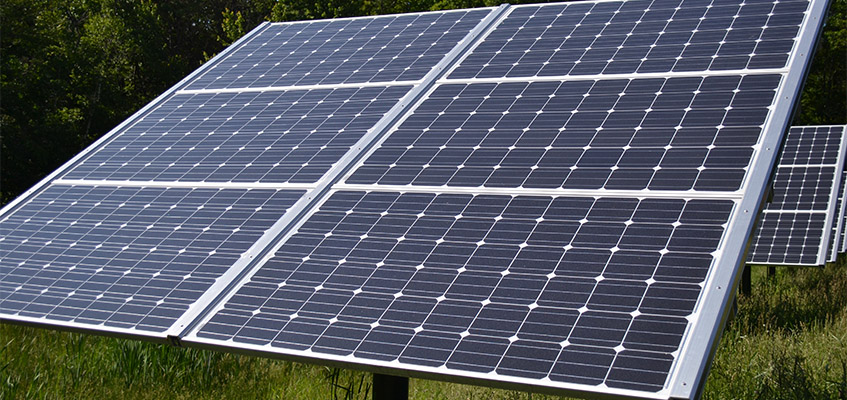Contrary to popular belief, you do not need to live in a hot climate to benefit from clean renewable energy sources such as solar power. Solar panels convert sunlight into electricity more effectively in colder temperatures.
This phenomenon is because the colder a material is, the better it will conduct electricity. Therefore, solar panels will produce less electricity in a hot climate than in a cold climate given that the amount of sunlight is equal.
Colder climates indeed tend to have less sunlight than hotter climates, but the reduced availability of sunlight is offset by the increased efficiency of solar panels in colder temperatures. A good example of this principle in action is the Photovoltaic Solar Power Plant in Colorado, near Alamosa.
It is home to one of the largest photovoltaic solar plants currently operating in the United States. As you can see from the picture above, it is far from warm and sunny in that location, yet this power plant is still capable of producing 8.2 megawatts of clean energy – enough to supply about 1500 homes with electricity throughout the year.

Despite its freezing winters and harsh weather conditions, the San Luis Valley near Alamosa is rated as having some of the best solar resources in Colorado, by the NREL. Colorado is not the only cold-weather location that makes use of solar panels.
Many northern countries, including Denmark and the rest of Scandinavia, make extensive use of solar power. Copenhagen City Council has all of Copenhagen’s parking meters running on solar power.
The electricity which runs them is supplied by small solar panels on top of the parking meters, right there in the streets. Whether or not car owners are in favour of unlimited renewable energy sources for parking meters is an entirely different matter.
The point is that they do work, despite Copenhagen’s cold climate. When in doubt as to whether or not you will be able to benefit from solar energy at your location you can always refer to Making your own Clean Electricity at the EERE site.
